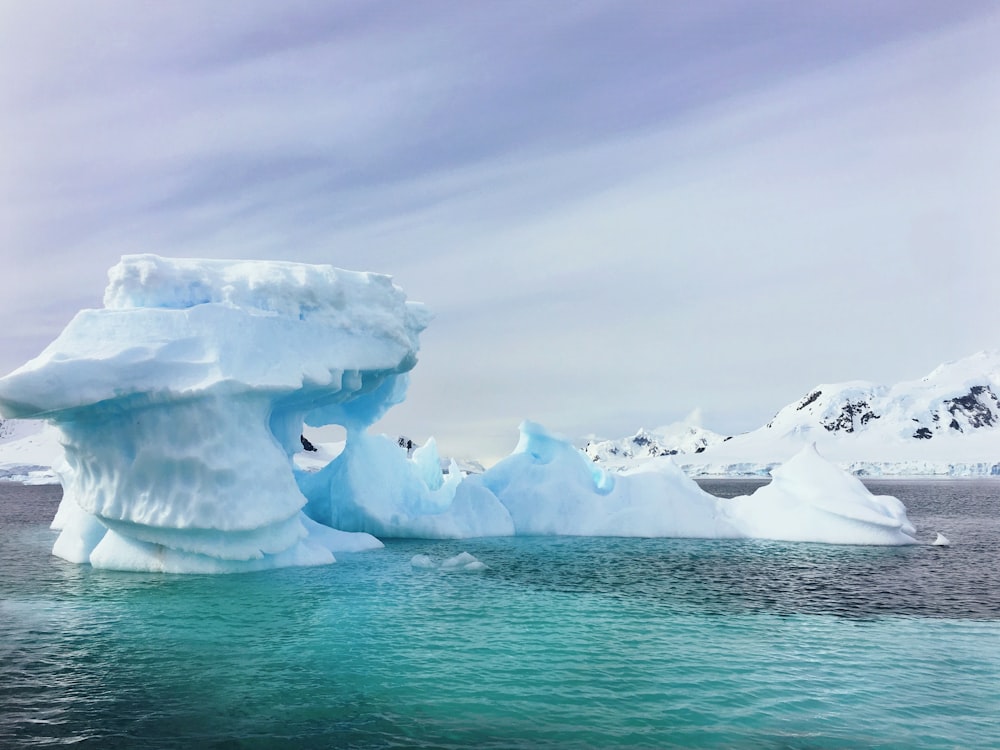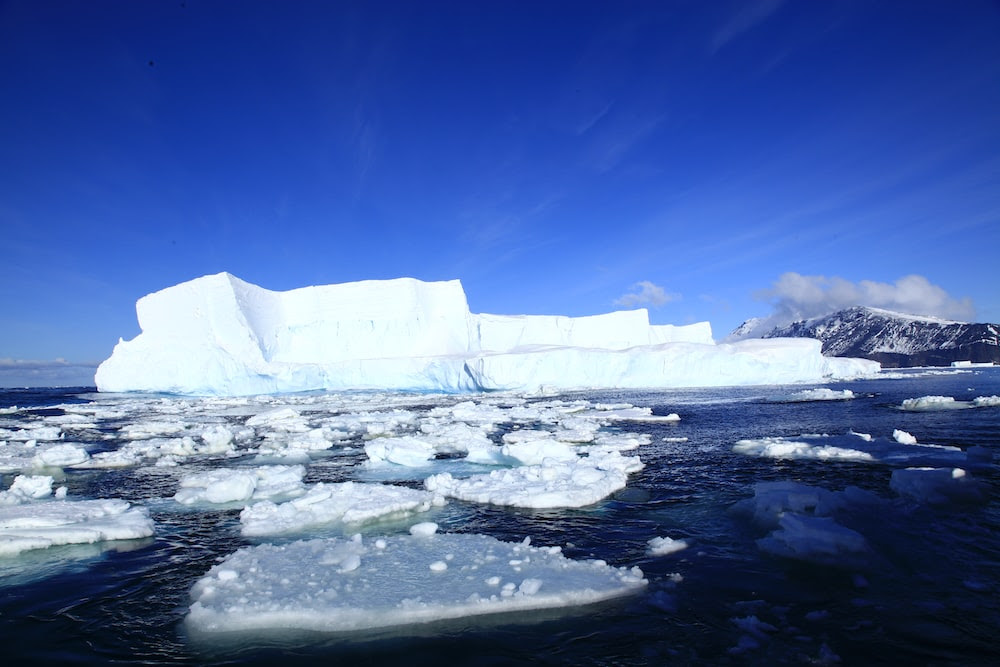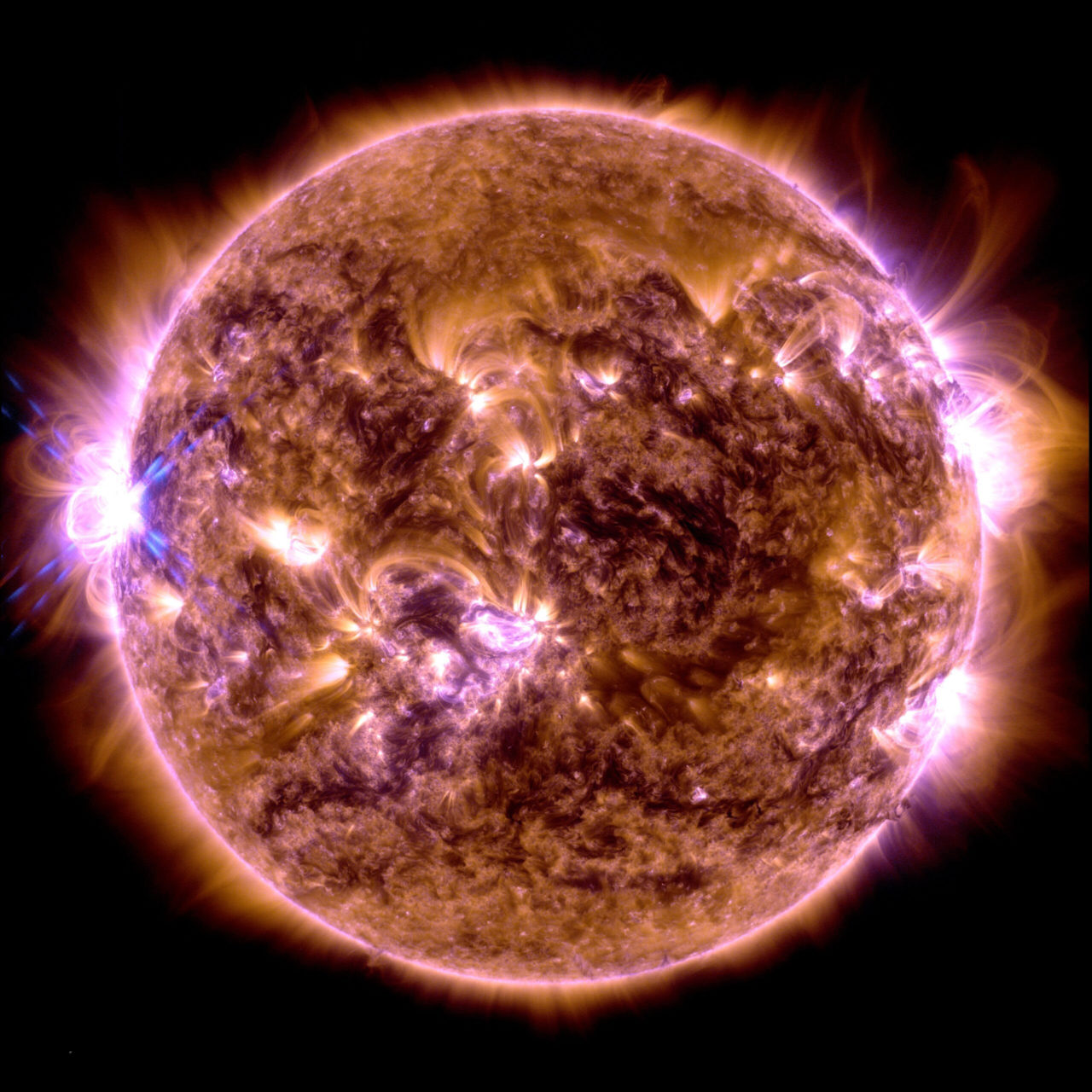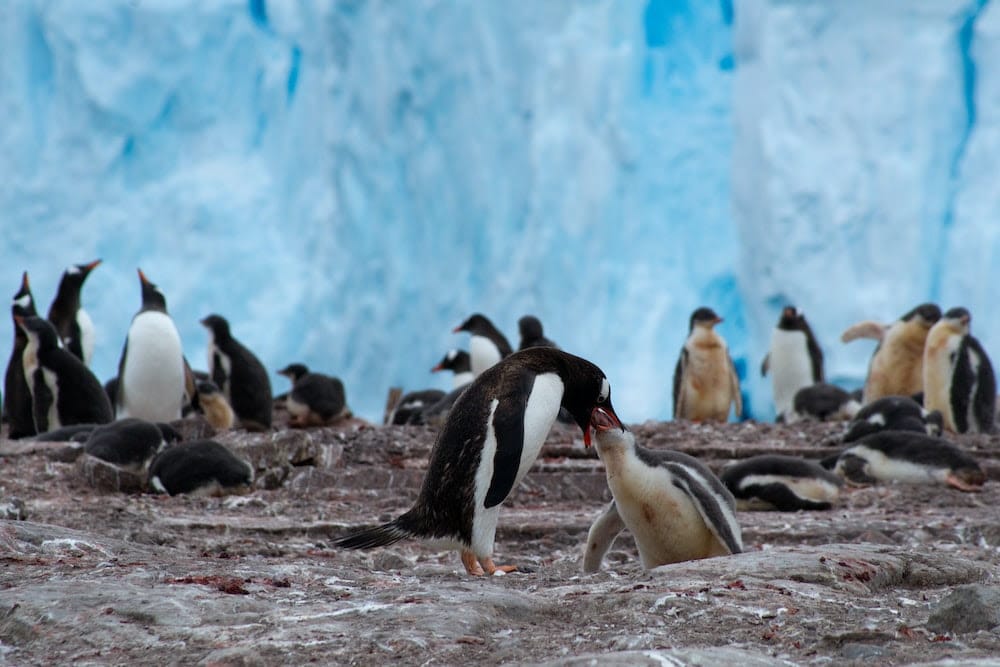Melting ice is both a consequence of global warming and the cause of the disruption that is affecting an ever-growing number of coastal areas, with some islands and towns too close to sea level likely to disappear in the years to come.
With global warming, scientists are observing that ice is melting earlier and earlier in the season, making it increasingly difficult for it to reform in winter. No area is immune to this phenomenon, with the disappearance of glaciers in the Arctic and Antarctic, as well as mountain glaciers on every continent.
While the volume of ice tends to decrease, the volume of water does not. The Earth was formed with a volume of water of around 1,400 million km3, and this volume remains stable whether in gaseous, liquid, or solid form.
Antarctica contains 90% of the planet’s solid ice and 70% of its freshwater, with liquid water directly available for consumption accounting for just 0.3%. Water in the form of ice is itself divided into three groups. Sea ice, or pack ice, is made up of seawater, some of which is permanent and others seasonal, disappearing in summer and reforming in winter.
Land ice is made up of freshwater on rocky ground, and can be found in the form of mountain glaciers, snow cover, or permafrost (ground frozen throughout the year, notably in Russia, Greenland, and Alaska). The two best-known are the Antarctic and Greenland ice sheets, known as ice sheets.
The Antarctic ice sheet extends over 14 million km2 and has an average thickness of 2,000 meters, while the Greenland ice sheet covers 1.7 million km2. Ocean ice is the habitat of numerous species and certain northern peoples and is essential to climate regulation.
Because of their white color, icy areas reflect around 95% of the sun’s rays, helping to maintain low temperatures in their immediate environment and temperate temperatures elsewhere on the planet, allowing life to flourish.
For these reasons, melting ice would not only submerge certain areas, it also increases the number of non-viable zones all over the planet. Historically speaking, the Earth has always alternated between cold, glacial periods and warmer, warmer periods.

The current warming period dates back some 10,000 years and can be compared to an earlier period, the Pliocene, 3 million years ago, when CO2 levels in the atmosphere were comparable, temperatures were 2 to 3 degrees higher than today and sea levels 20 meters higher.
More recently, the past few years have been the warmest on record since 1850, resulting in an early start to the ice-melt season and faster-than-expected melting. These recent developments are of particular concern to scientists.
One cause for concern is the ice floating on the surface of the water in the polar regions: while its numbers are increasing, its mass is decreasing, starting to make it difficult for animals to get through. Another concern comes from land ice composed of freshwater, as its melting increases the amount of freshwater mixing with seawater and is already causing sea levels to rise by around 3mm per year.
This natural phenomenon has accelerated in recent years with the rise in average temperatures, and extreme zones such as Antarctica are also beginning to feel the effects of warming. The melting of ice is taking place both on land and underwater, as a result of rising ocean temperatures.
Antarctica has thus gained 3˚C in 50 years, and warming in the Arctic zone is twice that of the rest of the planet. One of the causes of this global warming is the production of greenhouse gases, which concentrate at the poles, encouraging the ice to melt.

As the ice melts, it releases methane, which in turn contributes to the greenhouse effect and accelerates global warming. As ice levels fall, so too does its capacity to absorb the sun’s rays, promoting warmer waters, which in turn accelerate melting when they come into contact with warmer water. Arctic waters have thus risen by 2.5˚C since the 1970s.
Another phenomenon that favors ice melt is deforestation. Fires set to increase the surface area of arable land generate greenhouse gases that combine with other sources of greenhouse gas emissions to heat the atmosphere in these areas, making it easier for new fires to start, which will themselves accelerate global warming.
These vicious circles are self-perpetuating, and explain the increasing deterioration of certain glaciers, such as Kilimanjaro, where deforestation has led to a drying of the atmosphere and a reduction in snow cover at the summit. Forecasters estimate that the glacier could disappear completely by 2030. The melting of the ice is also favoured by the increase in anticyclonic periods, i.e. periods of good weather, which facilitate the passage of the sun’s rays and prevent the formation of snow.
This is the phenomenon behind the melting of half of Greenland’s ice in 2019. According to calculations, the total thawing of Antarctica and Greenland would cause sea levels to rise by 70 meters. Without going to that extreme, it is estimated that by the end of the 21st century, a rise of more than 15 centimeters in sea levels could affect around 400 million people, with serious consequences for cities such as New York, Tokyo, and Shanghai.
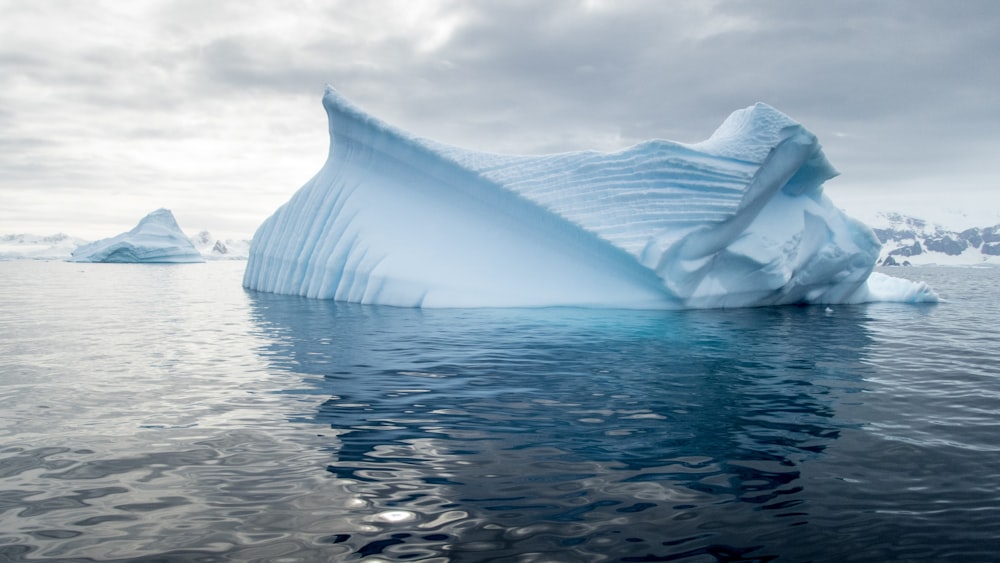
Global warming is also changing the chemical properties of the oceans, making them more acidic and oxygen-poor, with increasingly visible consequences for underwater fauna and ecosystems such as coral. As freshwater levels rise in the seas, ocean currents are also being modified.
Warm currents at the surface and cold currents at depth play an essential role in transporting nutrients, feeding marine fauna, and regulating the climate, by redistributing solar energy around the planet – as in the case of the Gulf Stream, for example. Climate change could lead to 140 million climate refugees by 2050, mainly from Asia and the Pacific islands.
Inland, animals such as polar bears are already having to migrate to new territories occupied by other species, including humans, and either compete with them or disappear. Scientists estimate that over 90% of emperor penguin colonies could disappear as a result of melting sea ice.
As far as humans are concerned, melting sea ice is making it increasingly difficult for certain indigenous populations to feed themselves, and melting glaciers are reducing freshwater reserves for populations that depend on them, such as part of Asia, which depends on Himalayan glaciers.
With global warming also accelerating the release of carbon dioxide trapped in permafrost and ice, scenarios estimate that several hundred gigatons of carbon could be released into the atmosphere by 2100.
